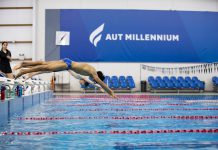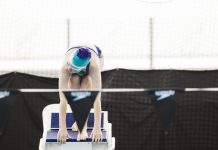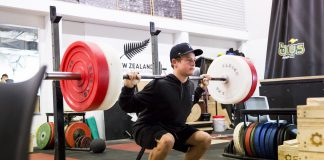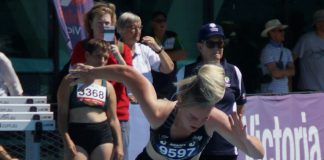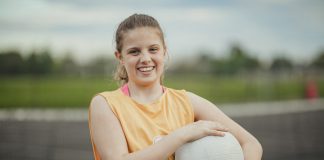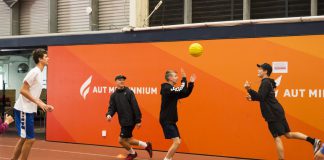For so long we’ve been told that to get better you need to train hard. That the one who turns up every day and does more, wins. It’s true. The athlete who improves faster is both more consistent in their habits and resolute in their approach.
But our obsession with results, and certainty, has led us to confuse doing more with doing more of the same. We’ve come to believe that the best way to master a skill, or adapt to a stimulus, is to repeat it over and over again, exactly the same way.
It’s a belief reflected in the way young athletes are coached. Since a perfect way of doing something is expected, skills are instructed repeatedly until success is achieved. While this may produce success in training when the skill is strictly defined, what happens in competition when the opposition or environmental conditions change? No longer does our athlete’s acquired skill satisfy the changing demands of the game.
It’s the same for the physical skills of the game.
Although the fundamentals of running, jumping and throwing technique don’t change, an athlete’s capacity to adapt the skill to their environment is critical. In netball for instance, the way an athlete jumps is slightly different every time. So, if a player only practices one way of jumping in training, she limits her ability to adapt and, therefore, meet the new and unexpected demands that arise during a game.
New research out of Europe that investigated jump training backs this up.
Using young male football players aged 11-14 years, the study compared jump training on different surfaces (sand, grass, wood, dirt and track) to jump training on grass alone, as well as to a control group. By changing the take-off and landing environment, participants in the combined surface group were forced to adopt different jumping strategies. In other words, their brain and muscles had to work in different ways to complete the task.
The results showed that although both interventions increased players’ performance in tests of jumping, speed and change of direction, the group that did their jump training on the combined surfaces improved significantly more. What’s more, the combined surface group was also shown to enjoy the training more.
Variability is important.
We need to spend less time getting our athletes to do things the ‘right’ way and more time on helping them find their own. Remember, variety is the spice of life.













